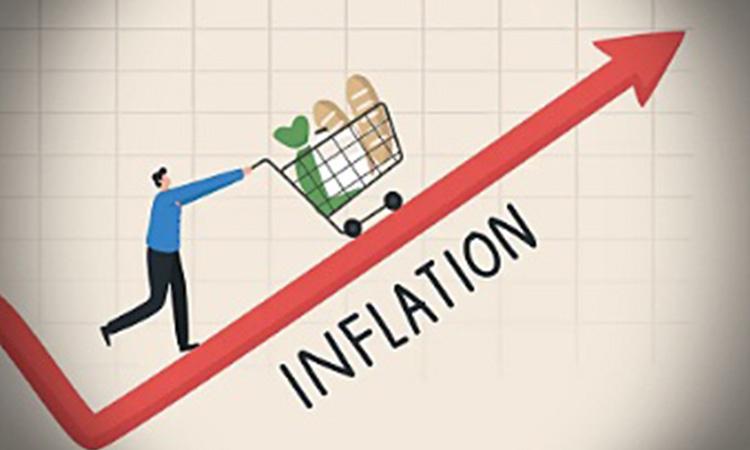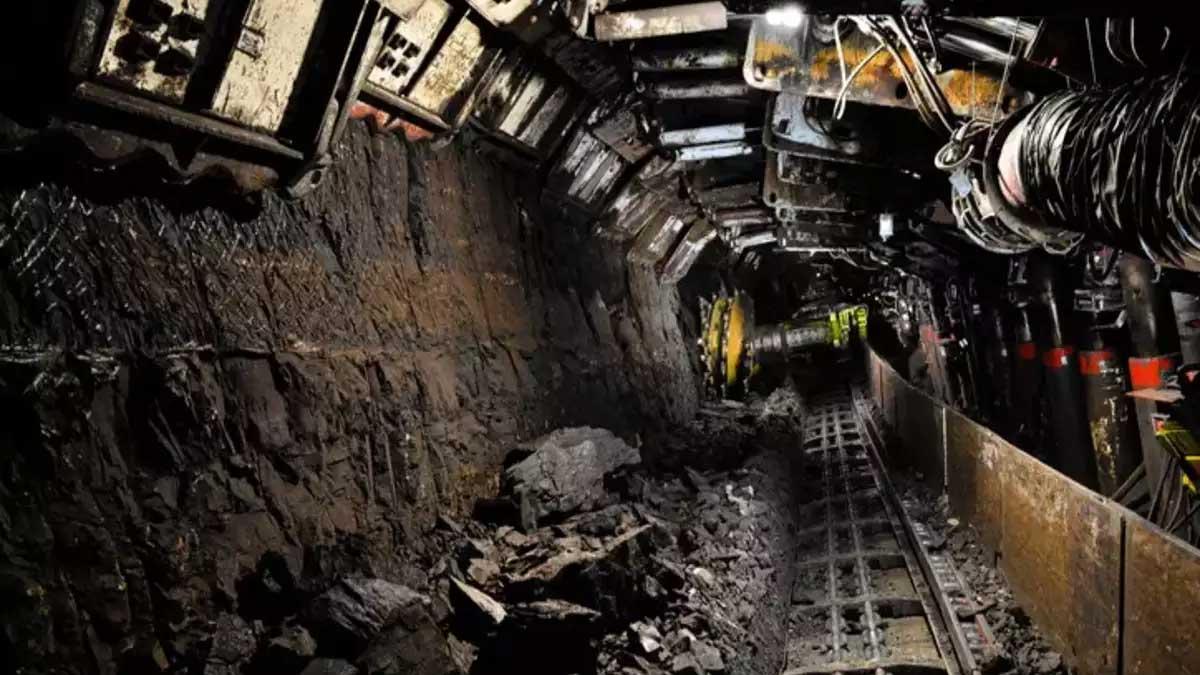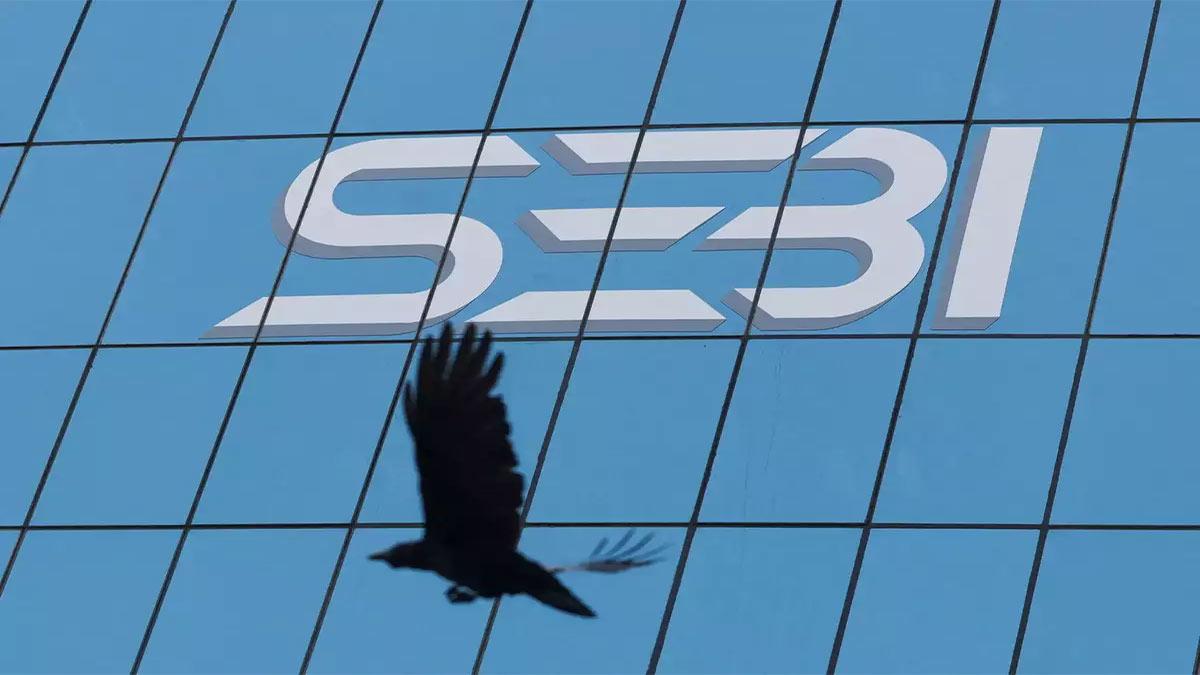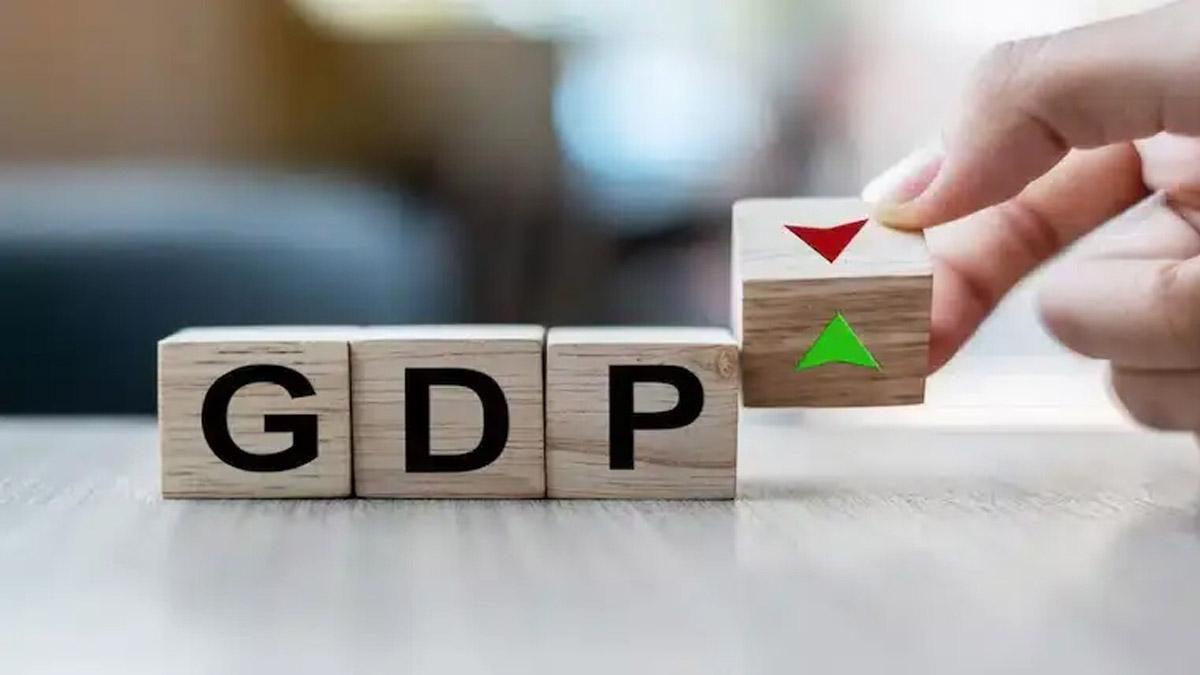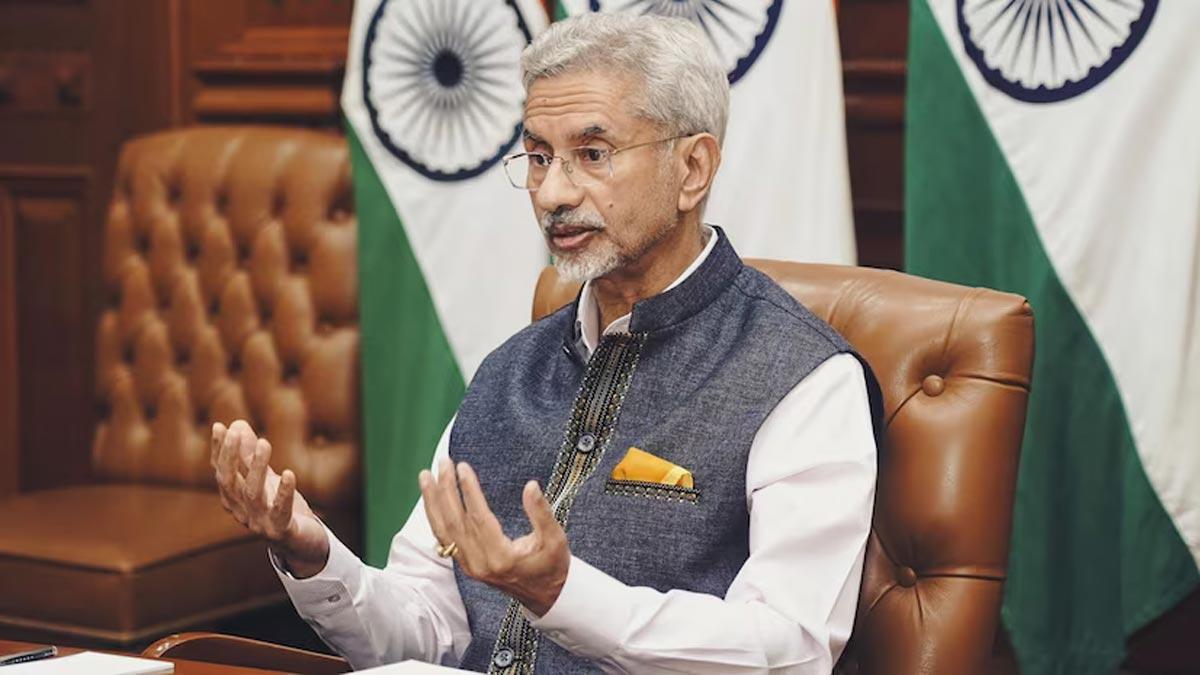According to a report from the Finance Ministry, while GDP growth remains on track for 2023-24, the declining trend in headline inflation was briefly disrupted in the second quarter due to a spike in the prices of certain food items. However, the ministry attributes this increase to seasonal and weather-driven supply constraints in a few food items, characterizing it as a temporary phenomenon.
The report highlights that headline inflation has returned to a controlled state, driven by corrections in vegetable prices and recent reductions in LPG (liquefied petroleum gas) prices. The consumer price index (CPI) data for September indicates that headline inflation was 5 percent, falling within the upper tolerance limit of the inflation target, suggesting that the earlier increase in inflation during July-August was indeed temporary and tied to seasonal and weather-driven supply constraints in some food items.
Out of the 299 items in the CPI basket, only 11.4 percent of food items experienced double-digit inflation in July, contributing to the spike in headline inflation. However, this proportion decreased significantly to 7 percent in September. Additionally, the fuel and light group experienced deflation in September.
The reduction in domestic LPG prices by Rs 200 per cylinder contributed to a decline in LPG inflation, from 4.2 percent in August to (-) 12.7 percent in September.
Core inflation, which excludes food and fuel items, further softened to 4.5 percent in September from 4.9 percent in August. This represents the lowest core inflation recorded in the last 42 months. In August, core inflation remained within the upper tolerance band of 6 percent set by the Reserve Bank of India (RBI) for the seventh consecutive month.
"The recent price trends also vindicate the monetary policy stance of the RBI for the last one and a half years. Since May 2022, the monetary policy actions broadly included
absorbing excess liquidity in the system by gradually increasing the policy repo rate by 250 basis points and changing the policy stance to the withdrawal of accommodation, to break the stickiness of core inflation and to keep the headline inflation at check," the Finance Ministry report said.
Additionally, the report notes a decline in inflation expectations among households, with a decrease of 90 basis points (bps) for the three-month period and 40 bps for the one-year ahead period in the September round of RBI's inflation expectation survey.
However, the report also acknowledges that monetary transmission remains incomplete. In its October monetary policy committee meeting, the RBI chose to maintain its focus on the gradual withdrawal of accommodation to ensure that inflation aligns progressively with the target while still supporting economic growth. Consequently, the policy repo rate was kept unchanged at 6.5 percent.
(With Agency Inputs)
ALSO READ | Commercial LPG Cylinder Prices Rise by More Than Rs 100, Marking Second Monthly Increase
ALSO READ | Onion prices dip after hike in minimum export price: Govt

